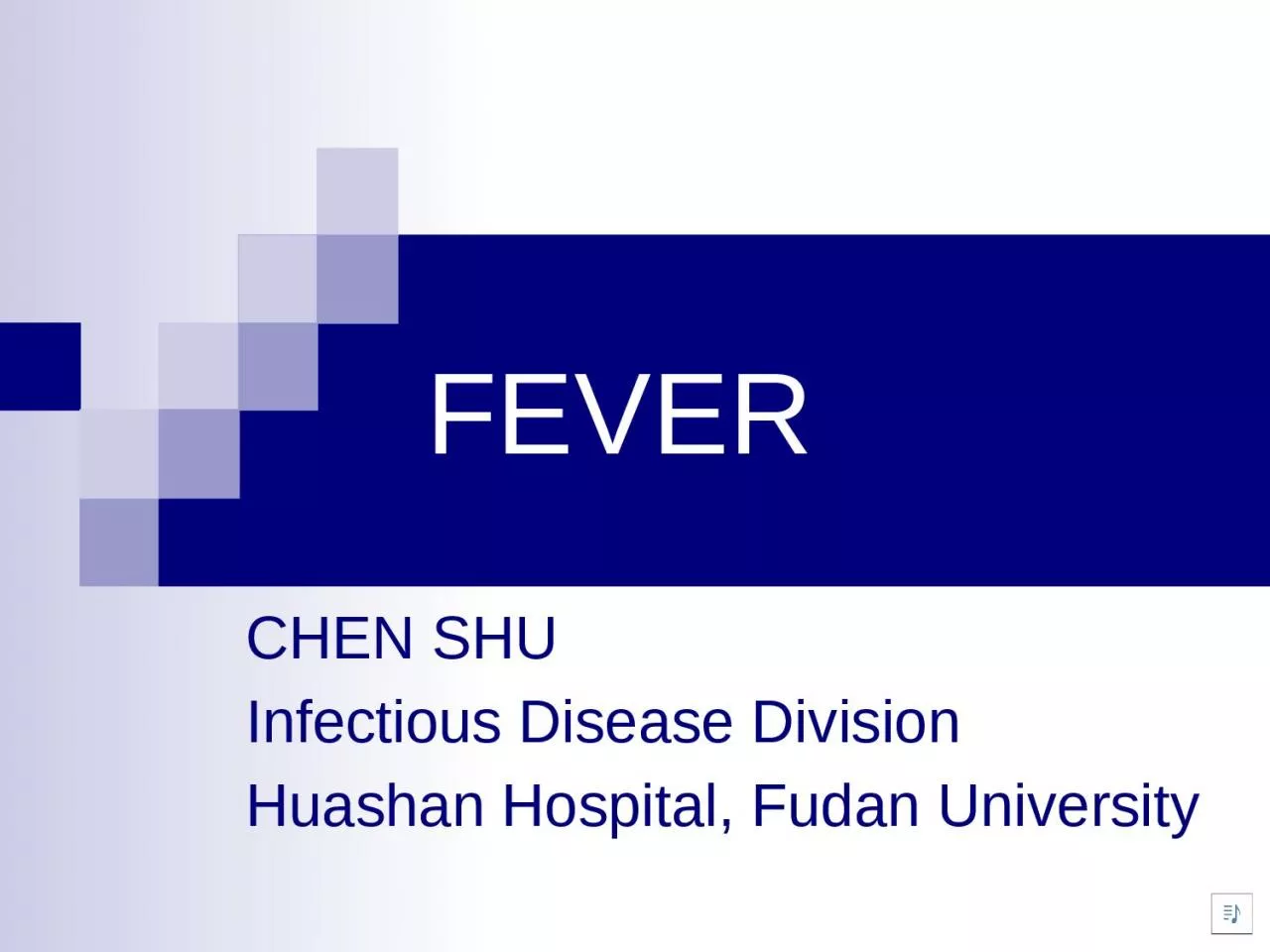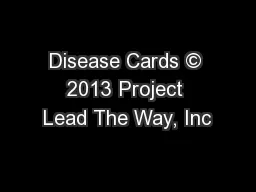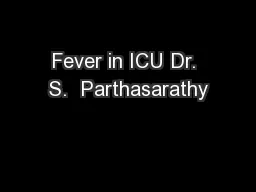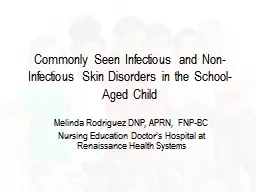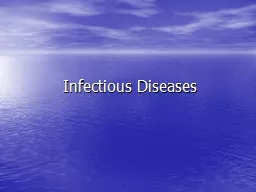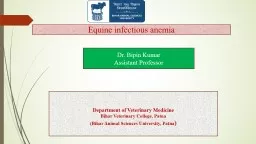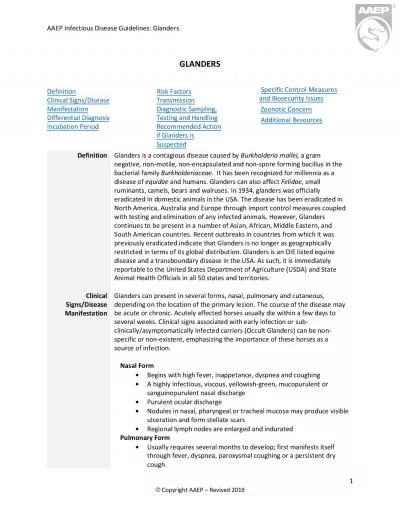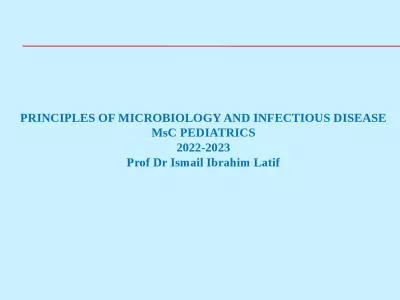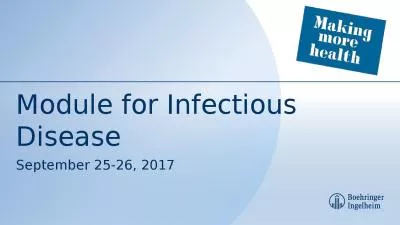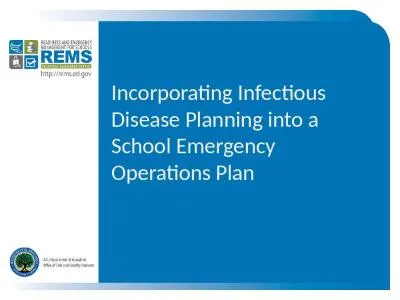PPT-FEVER CHEN SHU Infectious Disease Division
Author : ruby | Published Date : 2022-06-14
Huashan Hospital Fudan University Fever Normal body temperature 37 o C set point Circadian variation lt1 o C 363 372 o C rectal T 04 o C gt oral T 0 4
Presentation Embed Code
Download Presentation
Download Presentation The PPT/PDF document "FEVER CHEN SHU Infectious Disease Divi..." is the property of its rightful owner. Permission is granted to download and print the materials on this website for personal, non-commercial use only, and to display it on your personal computer provided you do not modify the materials and that you retain all copyright notices contained in the materials. By downloading content from our website, you accept the terms of this agreement.
FEVER CHEN SHU Infectious Disease Division: Transcript
Download Rules Of Document
"FEVER CHEN SHU Infectious Disease Division"The content belongs to its owner. You may download and print it for personal use, without modification, and keep all copyright notices. By downloading, you agree to these terms.
Related Documents

